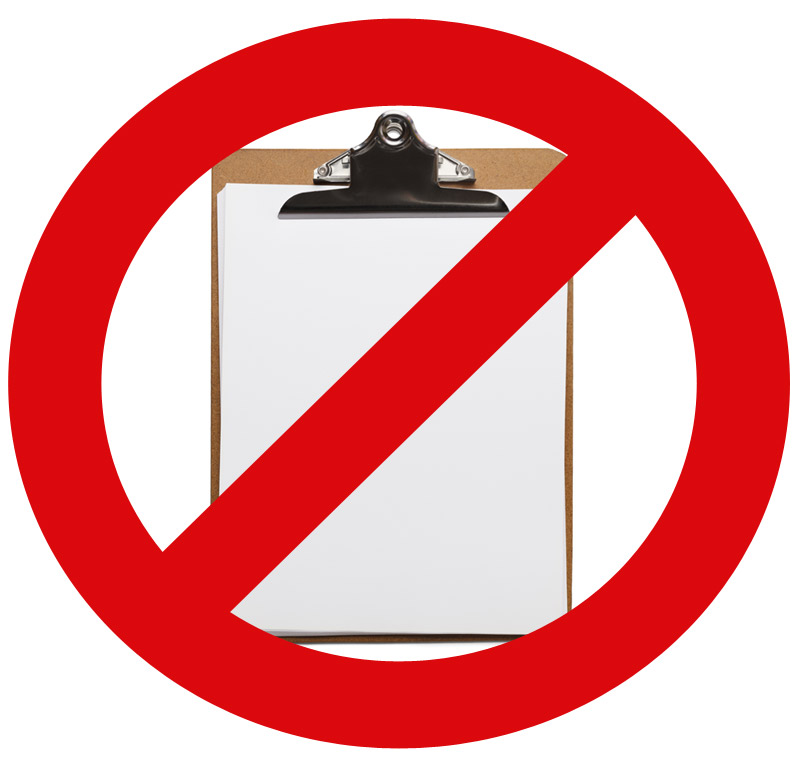C1D1 Mobile Devices Are Here: Anything Else is Obsolete
By: Scott West, Director of Corporate Sales
In this era of Big Data, IoT and the Digital Oilfield, organizations managing hazardous locations like oil & gas operations, chemical manufacturing plants, etc. must consider how to capture their data from anywhere inside their operation while still minimizing risk. Technology has begun to catch up to the need for devices that can be carried anywhere in a hazardous location, even in the most volatile zones, like Class 1 Division 1 (C1D1), where combustible material is present most of the time. Equipment certified for use in these zones must be “intrinsically safe,” (IS) meaning it must be designed to be incapable of igniting a spark. Though the term “IS” is sometimes incorrectly used to broadly describe any type of equipment deployed in hazardous operations, only devices certified for C1D1 areas are truly intrinsically safe. Another classification of devices often used in HazLoc areas, C1D2, indicates “non-incendive” (certified for areas where combustible material is present only some of the time) and cannot be used in C1D1-rated areas. C1Z1 is an 8 th edition classification and indicates “explosion proof,” but devices in this category are not intrinsically safe.
With the introduction of a true intrinsically safe Windows 10 solution, like the Aegex10 IS Tablet, hazardous industries now have a single solution that can be safely carried throughout an entire operating environment. This versatility enables all existing applications to be used by all operators in all work areas, which is a necessary building block for establishing real-time communications and real-time analytics that can greatly improve efficiency and productivity.
 Hazardous operations previously had to rely on IS-certified two-way radios in C1D1 areas, or personnel simply used pencil and paper to record data because traditional mobile devices, such as smartphones and computers, are restricted from C1D1 areas for their risk of explosion. This method of information capture did not offer real-time reporting or analytics and delayed information uploads by hours, days or weeks. C1D2 solutions made an incremental improvement over paper and pencil but still did not provide an optimal solution for C1D1 areas and tended to be priced like proprietary radio systems, costing upwards of $4,000 per unit.
Now, IS-certified mobile devices are available that are cost-effective, lightweight yet rugged, and have Wi-Fi or 4G LTE capabilities, allowing workers in C1D1 areas to immediately record and analyze data, transmit information, and receive instructions on site. Intrinsically safe Windows 10 tablets are available – like the Aegex10 IS - that permit users to access the same Microsoft applications as the rest of their organization, whether in C1D1 areas or any zone of lesser volatility. And with a uniform platform that is globally certified IS, personnel throughout an entire multinational organization can access the same information in real time, all with a device that is priced similarly to non-certified devices. The Aegex10 IS Tablet, for example, is certified C1D1 / ATEX Zone 1 / IECEx Zone 1, so it can be used around the globe, lowering the total cost of ownership. There is no longer a requirement to supply different C1D2 models to different geographic locations. C1D1 devices are now the safest option. Hazardous locations are, by definition, volatile, and C1D2 areas can quickly become C1D1 areas in the case of leaks, spills or other emergencies. Additionally, workers in hazardous industries may need to move in and out of C1D1, C1D2 or other classified areas. These cases call for a mobile device that can be used anywhere, anytime.
Are C1D2 devices, along with the pencil and paper method, then, becoming obsolete? Yes, because:
Hazardous operations previously had to rely on IS-certified two-way radios in C1D1 areas, or personnel simply used pencil and paper to record data because traditional mobile devices, such as smartphones and computers, are restricted from C1D1 areas for their risk of explosion. This method of information capture did not offer real-time reporting or analytics and delayed information uploads by hours, days or weeks. C1D2 solutions made an incremental improvement over paper and pencil but still did not provide an optimal solution for C1D1 areas and tended to be priced like proprietary radio systems, costing upwards of $4,000 per unit.
Now, IS-certified mobile devices are available that are cost-effective, lightweight yet rugged, and have Wi-Fi or 4G LTE capabilities, allowing workers in C1D1 areas to immediately record and analyze data, transmit information, and receive instructions on site. Intrinsically safe Windows 10 tablets are available – like the Aegex10 IS - that permit users to access the same Microsoft applications as the rest of their organization, whether in C1D1 areas or any zone of lesser volatility. And with a uniform platform that is globally certified IS, personnel throughout an entire multinational organization can access the same information in real time, all with a device that is priced similarly to non-certified devices. The Aegex10 IS Tablet, for example, is certified C1D1 / ATEX Zone 1 / IECEx Zone 1, so it can be used around the globe, lowering the total cost of ownership. There is no longer a requirement to supply different C1D2 models to different geographic locations. C1D1 devices are now the safest option. Hazardous locations are, by definition, volatile, and C1D2 areas can quickly become C1D1 areas in the case of leaks, spills or other emergencies. Additionally, workers in hazardous industries may need to move in and out of C1D1, C1D2 or other classified areas. These cases call for a mobile device that can be used anywhere, anytime.
Are C1D2 devices, along with the pencil and paper method, then, becoming obsolete? Yes, because:
- They cannot be used in C1D1 environments.
- They cannot support real-time analytics across 100% of an operating environment.
- They have a higher total cost of ownership.
- If they are not Windows-based, they cannot integrate as seamlessly with an existing desktop environment.
